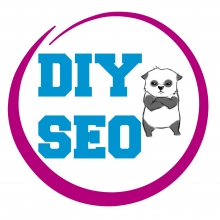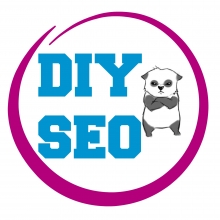SEO in 2014 has changed from Search Engine Optimization to Search Experience Optimization.
Recently my colleagues and I here at Ontario SEO attended a search engine marketing conference in New York City (SMX East). We took away many useful tips that will help our clients see better performance in the search engines. You may have caught our content manager’s blog on the 10 things you can do to make your website perform better – if not, I highly recommend it. But one of my biggest takeaways from the conference was that straight-up search engine optimization (SEO) is no longer enough for local business websites to remain competitive in the constantly evolving online world. These days, to be on the first page of the search results (and stay there) all businesses, regardless of size, need a comprehensive online strategy; a strategy that focuses on user experience.
There was a time where, with a little knowledge & effort, anybody who put some time into HTML tags and building links could see quick results. Today, with constantly evolving search engine algorithms that focus more and more on trying to anticipate user experience (consider the Panda and Pigeon updates), getting those results can take considerably more effort. The way I see it, the only way to win the search engine game is to give those algorithms exactly what they are doing their robot-best to find; a great user experience.
By focusing your online marketing strategy on optimizing for your users first, you will not have to worry about those algorithm updates (which Google has promised to throw at us more frequently, by the way). This means that along with those title tags, links, structured markup and citations to make those bots happy, you better make sure you have considered the following:
1. Content
If there was one recurring message at the whole of this conference it was that Content is King and will remain so. To stay competitive you have to create engaging and useful, quality content that will attract users to your website and keep them there.
2. Mobile Experience
Mobile traffic is expected to surpass desktop traffic by the end of the year (some say it already has). If every page on your site is not optimized for mobile traffic (including both smartphones and tablets) you are likely losing traffic and possibly hurting your search engine rankings. Mobile optimization will only get more important as the search engine bots get better at crawling mobile sites and apps.
Here is a quick tip: Have you considered the pixel size of your menus and embedded links? Are they big enough to physically touch on a mobile device or tablet?
3. Website Usability
There is a tremendous amount of research out there about what types of images, fonts, menus and features will encourage people to explore your site and submit that contact form or make a purchase. Remember that Bounce Rate (the number of visits where users only view one page) is likely becoming a more important search engine ranking factor (see this 2014 SEO Ranking Factors study), so it is important people engage with your site and view multiple pages. If you have a cookie cutter WordPress website and have never considered how people actually navigate and use your website, it is time to dig into your analytics and look at your “Behaviour Overview” report, “Behaviour Flow” report and “In-Page analytics”. This information can show you where you are losing your audience and where you have opportunities you may not have considered.
4. Conversion Rate Optimization
With the amount of online competition out there these days, it is no longer enough just to have a website that gets a lot of traffic. Online users in 2014 are much more comfortable with online shopping and online research; more and more customers are starting and completing their shopping journey online. This means that your website must be optimized for every stage of the conversion funnel; from the initial inquiry and research phase, to the actual moment of purchase (whether online or in your brick & mortar store).
5. Competitors
To be competitive online today, you need to know what your competition is up to. Even if you think you have a good understanding of who your local competition is, you may be surprised to see who you are competing with online. There are hundreds of tactics businesses can use to rank in the search results. To get to the top of the search engine results pages (SERPs) and stay there you will need to know what SEO factors your competition is outranking you on (i.e. indexed URLs, inbound links, trust and citation metrics) and do what you can to keep up with them.
There are many simple steps you can take to quickly improve your online presence and rank higher in the search results. But if you are a business owner who wants to see your company’s name on the first page of Google, you may need to consider moving beyond basic Search Engine Optimization and consider working with an experienced team that focuses on Search Experience Optimization. Want to talk online strategy? Contact us at Ontario SEO.
This post was written by Jenna Lamb, Analytics Manager at Ontario SEO.








